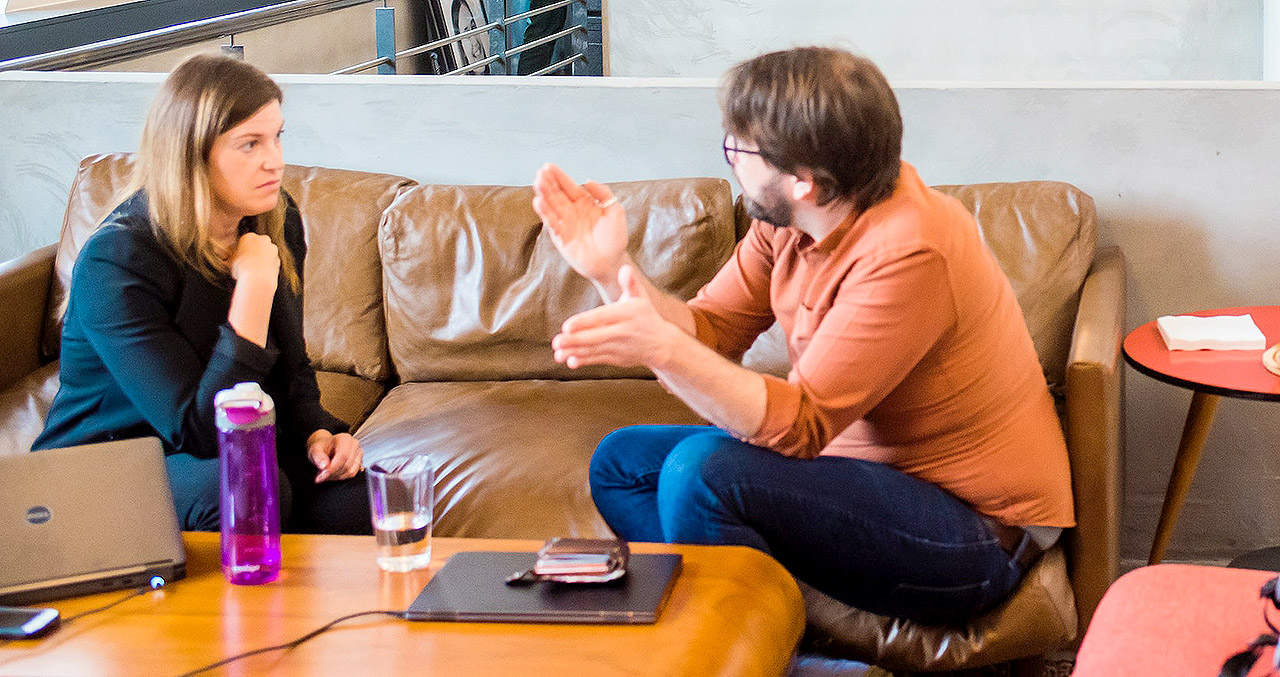The term “Group Learning Space” refers to the environment where collaborative learning occurs. It encompasses not only the physical or virtual place where learning happens, but also the dynamics, interactions, and structures that support the process. The group size and the environment in which they operate are pivotal aspects that can significantly influence the effectiveness of collaborative learning. Understanding their importance can help educators and facilitators create optimal learning experiences for their participants.
Optimized Group Size in Group Work: Finding the Balance
Group work has always been an essential method in various educational and professional settings to promote collaborative thinking and collective problem-solving. However, the efficiency of group work is often contingent upon the size of the group. When contemplating optimal group size, several factors come into play, such as the nature of the task, the mix of skills within the group, and the dynamics among group members. Let’s delve deeper into the advantages and limitations of different group sizes, focusing on groups of two, three, and sizes larger than five.
Dyads: The Conditional Suitability of Pairs
Groups of two, or dyads, inherently possess a high degree of intimacy and direct communication. This size can be conditionally suitable, depending on the nature of the task. Dyads often thrive in scenarios requiring profound discussion, mutual feedback, or partnership activities, such as paired programming or tandem language learning. The members can swiftly exchange ideas without the fear of interruption and can quickly reach consensus.
However, there are inherent limitations to dyads. The reduced number of perspectives can lead to a lack of diversity in problem-solving approaches. If one member dominates or if there’s a skill imbalance, the effectiveness of the group may be compromised. Moreover, if disagreements arise, dyads lack the mediating influence of a third party, which can result in stagnation.
Triads: The Balanced Trio
Groups of three strike a balance that often makes them ideally suited for group work. Firstly, they offer a broader range of perspectives compared to dyads, which can lead to more innovative solutions. If a disagreement occurs between two members, the third can mediate, offer an alternative perspective, or break a tie, ensuring continuous progress.
The dynamics within a triad also promote mutual accountability. Each member feels a significant sense of responsibility, since their individual contribution is more visible than it would be in larger groups. Additionally, triads can effectively distribute tasks, allowing for specialization based on each member’s strengths, which optimizes the group’s overall performance.
Here are some additional reasons why groups of 3 are well-suited for group work:
- They are small enough to have a close-knit group dynamic. This can lead to better communication and collaboration.
- They have the right balance of diversity and similarity. This allows for different perspectives and ideas to be shared, while also creating a sense of shared purpose and identity.
- They are large enough to complete most tasks effectively. However, they are not so large that they become unwieldy or difficult to manage.
Large Groups: The Challenge of Groups Bigger than Five
As the size of a group increases beyond five members, several challenges emerge that can impede its effectiveness. The larger the group, the more complex the interpersonal dynamics become. With more voices trying to be heard, members may find it challenging to contribute meaningfully, leading to feelings of alienation or disengagement.
Communication within larger groups can also become inefficient. The time taken to reach consensus grows exponentially as more opinions come into play. This can result in the suppression of minority viewpoints in favour of reaching a swift agreement.
Another critical concern is the “free-rider” problem. In larger groups, individual contributions become less visible, making it easier for some members to contribute minimally and coast on the efforts of others, diminishing the group’s overall productivity and morale.
Here are some reasons why groups bigger than 5 won’t be successful:
- They are difficult to manage. With more people, it can be hard to keep everyone on track and involved.
- They can be inefficient. It can take longer to make decisions and complete tasks with more people.
- They can lead to conflict. With more people, there is a greater chance of disagreements and personality clashes.
- They can be less productive. With more people, it can be harder to focus and get work done.


